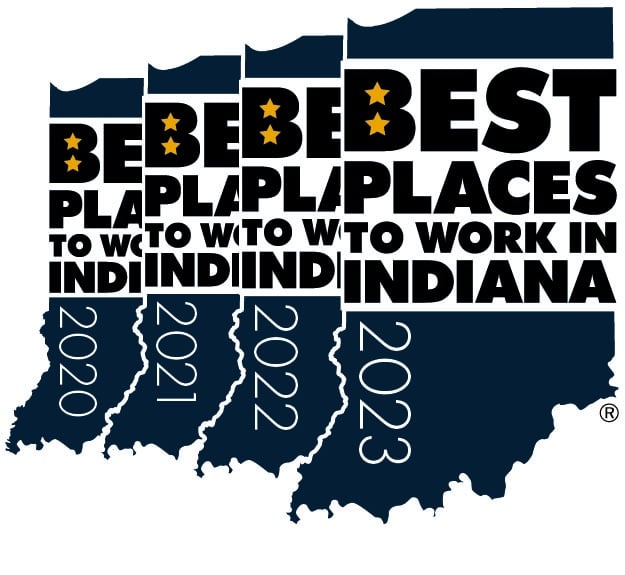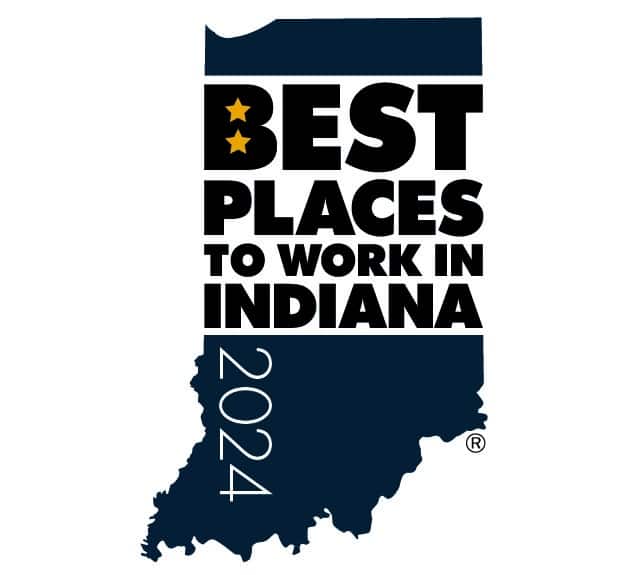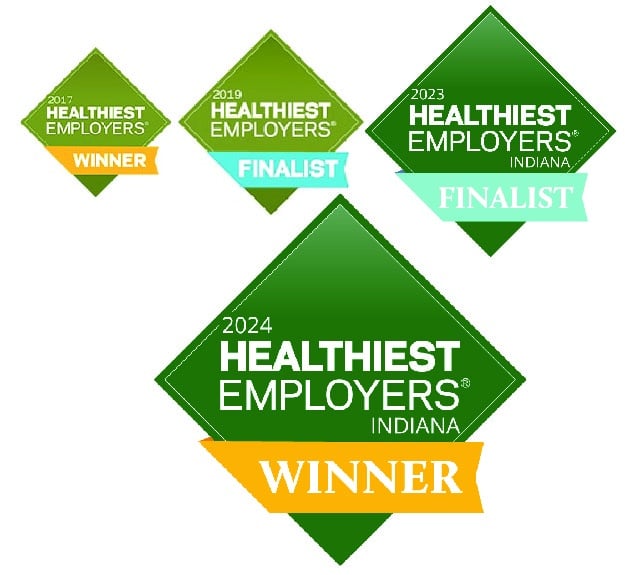Matching Benefits With Your Workforce
BY BEN CONNER

Your workforce is entirely unique. Regardless of where you’re located or which industry you’re in, you won’t find an exact duplicate of your team. Because of this, your personnel also have their own unique wants and needs when it comes to health care. It doesn’t make sense to purchase a cookie-cutter benefits plan. Instead, you should focus on finding a plan that meets their individual needs.
Isolating those features may seem like a challenge, but there are steps you can take to bring the goal to fruition.
How to Identify Wants and Needs
There are a number of methods to identify precisely which benefits are ideal for your workforce. Three of the most popular:
- Study the demographics. This is often the first step we take when we begin working with a new client. We examine income range, gender, age, and other demographic data to determine which benefits features are most likely to be important to the workforce. Thanks to our experience in this sphere, we are often able to pinpoint exactly what a team is most interested in—but we still need to verify with the workforce.
- Use a focus group. By sitting down with a dozen people from your workforce, you can identify what is most important to the group. The conversation allows you to drill down to understand the origins of each concern and uncover details that will empower you to recommend better or alternative services than what is already in place. In one of our most recent focus groups, we discovered invaluable details we likely wouldn’t have uncovered through an alternative method. The result: a better benefits package.
- Conduct surveys. Anonymous surveys may allow you to catch details employees are otherwise unwilling to share in a focus group—information you wouldn’t find by examining the demographic data alone. By surveying your employees, you can generate rich data sets to guide your decisions.
Where to Focus for Improvements
Once we’ve decided on the appropriate data collection method, we need to focus on the biggest factors of any benefits plan: deductibles and ancillary benefits.
Deductibles
A plan’s deductibles have to match the financial income of your workforce. High deductibles could be perfect for a high-income workforce, as they have the discretionary income necessary to divert money into an HSA. With a low-income workforce, however, a lower deductible may be preferable so they can better afford health care treatments as needed.
Although a survey will prove helpful, a good starting point is your Payroll department. When you know exactly what sort of income scale your team is receiving, you’ll know what sort of deductibles you should aim for. Remember: You’ll still need input from the team to determine which options are best for them.
Ancillary Benefits
Your unique demographics may help determine which ancillary benefits are most important. For example, short-term disability may be more important to a younger, female-heavy workforce than it is to an older, male-heavy workforce. Delivering the ideal ancillary benefits will keep your workforce happy.
This data isn’t foolproof, however. As with deductibles, it’s important to listen to your workforce’s wants and needs to identify additional benefits.
Benefits to Recruitment and Retention
Having the right benefits in place is critical to attracting top talent and keeping top performers around for the long haul. When you take care of employees’ physical health, they’re more likely to give you more effort at work, and they may be willing to forgo regular wage increases if they have a low-cost, high-impact health care plan that keeps them healthy year-round.
Finding the ideal benefits plan may be a difficult challenge, but it’s a worthwhile endeavor. Once you’ve identified the exact wants and needs of your employees, you can begin customizing a plan that meets the criteria.












